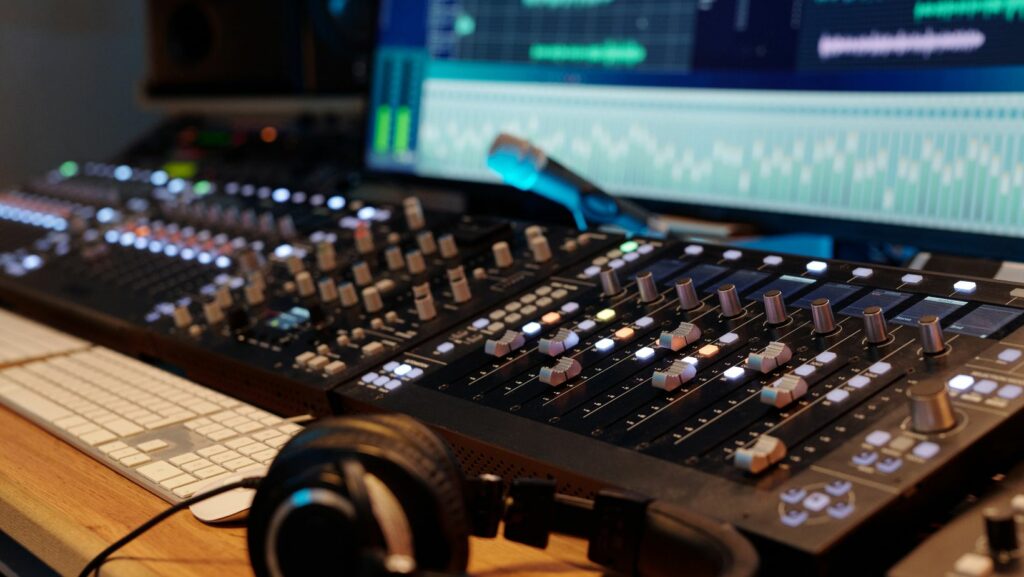Effective relaxation doesn’t always require a long vacation—often 10–20 carefully designed minutes are enough. Some people slip in brief entertainment via aviamaster as a light, enjoyable pause. This article guides you in creating a daily “relax pack”: the right music, small non-draining games, and mindful break techniques to restore focus.
Music as an Emotional Anchor
A calming playlist architecture
Build your playlist in three acts:
- Foundation (3 tracks) — slow tempo, minimal instruments (piano/ambient) to lower heart rate.
- Transition (4–5 tracks) — mid-tempo, warm tones (lo-fi, bossa, light jazz) to lift the mood without overstimulating.
- Glow (2 tracks) — soften again, leaving a little silence at the end.
Aim for a total of 20–30 minutes. Principle: gentle variety with no sudden volume spikes.
Curate sounds that “clear the screen”
Try sound categories that soothe the nervous system:
- Natural ambient: light rain, waves, forest.
- Warm drones: synth pads, no dominant beat.
- Soft acoustic: fingerstyle guitar or solo piano.
Use EQ or a “reduce loud sounds” setting to keep volume consistent.
Mini-Games as Non-Draining Breaks
Mini-game criteria that fit relaxation
Choose games with 5–10 minute sessions, simple rules, and quick “in-out.” Avoid progression systems that trigger FOMO. Good fits: light puzzles, word games, or chill arcade. The goal isn’t to win big, but to deliver a small “satisfying click” so the brain feels finished.
Two-round ritual and done
To avoid overdoing it, apply a two-round rule. Set a 12–15 minute timer, then close the app. When you stop while it’s still fun (not when you’re bored), your brain stores a positive association—making the next session easier to begin without guilt.
Mindful Breaks—Rest That Truly Restores
4-4-6, the budget-smart breath
Sit upright, relax your shoulders. Inhale for 4 counts – hold for 4 – exhale for 6, repeat 8–10 times. The longer exhale sends a “safe” signal to the nervous system, easing muscle tension and improving focus.
90-second “sensory reset” scenario
- Dim the lights or switch on warm lighting.
- Sip water slowly while noticing the temperature on your tongue.
- Stretch your neck: right-left, forward-back, half circles.
- Close with one short, familiar song.
In 90 seconds, you’ve “changed lanes” without needing a long break.
Weaving the Three Elements into One Ritual
20-minute “music-game-breath” format
- Minutes 0–7 (Music): play Foundation + early Transition; sit comfortably and take a few deep breaths.
- Minutes 7–15 (Mini-game): two rounds, done; jot a tiny score if you like.
- Minutes 15–20 (Mindful): 4-4-6 breathing + quick stretch + a Glow track.

This rhythm adds variety without cognitive fatigue: ears warmed, brain amused, body calmed.
Commuter version & office version
- Commuter: swap mini-game for an offline puzzle/word guesser; use earphones and noise-reduction mode.
- Office: do a quiet version—very soft instrumental music, paper-based game (mini sudoku), then 4-4-6 breathing at your chair.
Keeping Boundaries So Relaxation Stays Relaxing
Start and finish markers
Use an “anchor object” to open/close the ritual: light a small candle or switch your wallpaper to “break mode.” When done, stop the music, close the app, stretch your wrists—a clear signal that the session is over.
Log feelings, not performance
At day’s end, write three lines: (1) the most calming song, (2) the “lightest” mini-game, (3) body sensations after breathing. Focusing on feeling helps your brain pick the most effective combo tomorrow.
Advanced Tips for Consistent Relaxation Quality
Audio & device hygiene
Set volume to “soft conversation” level; avoid heavy bass that tires the ears. Clear cache, disable notifications during the session, and enable focus mode so no messages interrupt the flow.
Thematic playlist collection
Create three sets: Gentle Morning, Focused Noon, Quiet Night. Save 10–12 tracks per set; shuffle to avoid staleness. Within a month, you’ll know which combinations work best for each situation.
